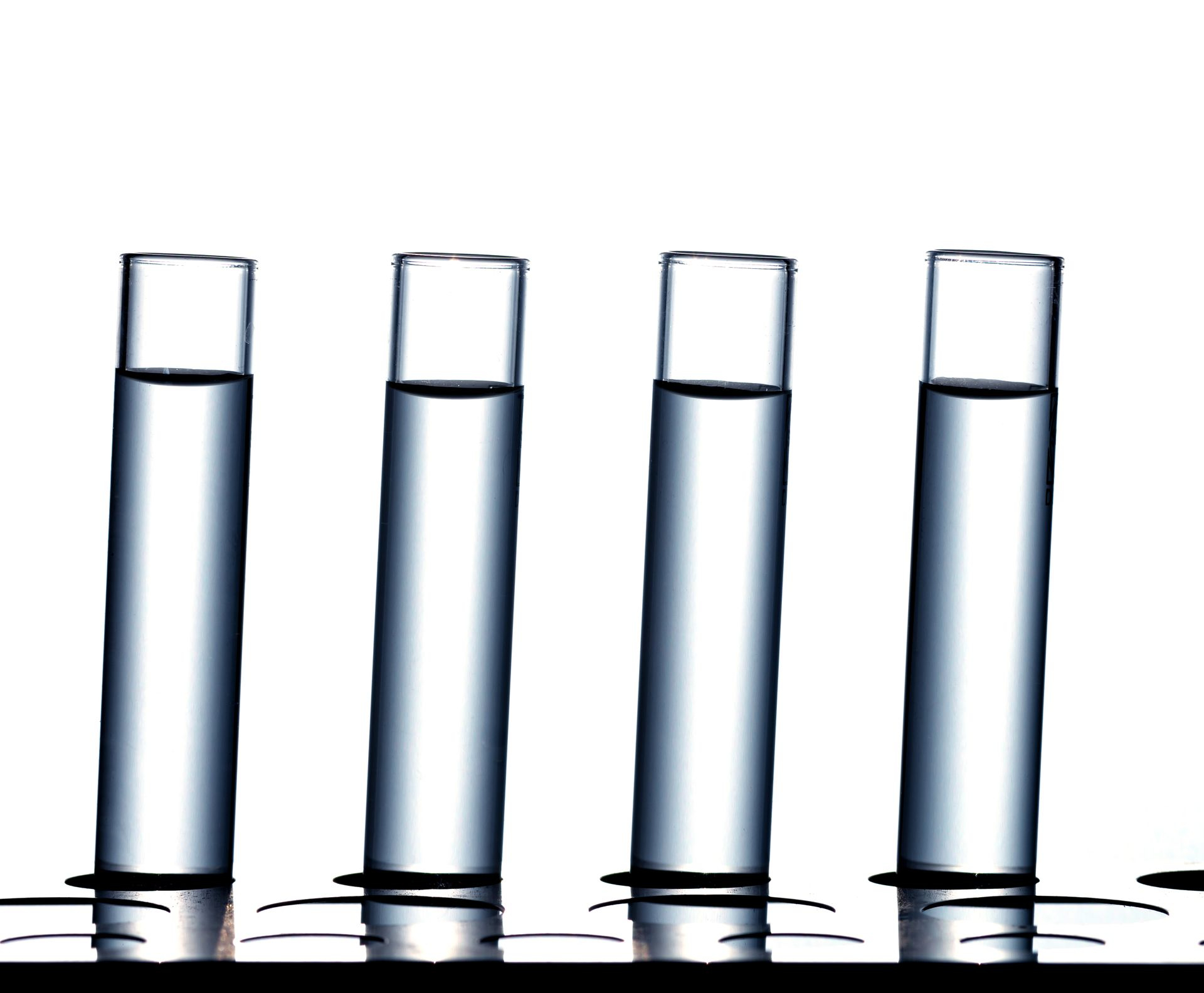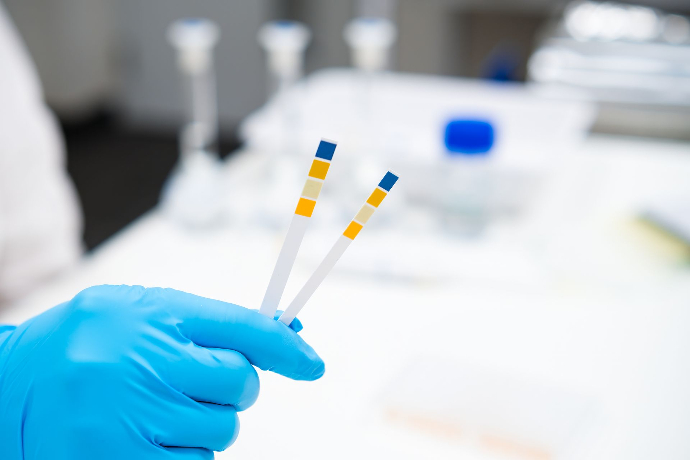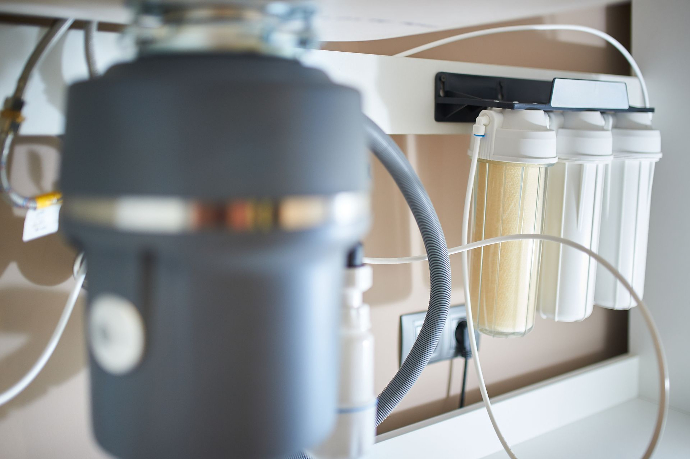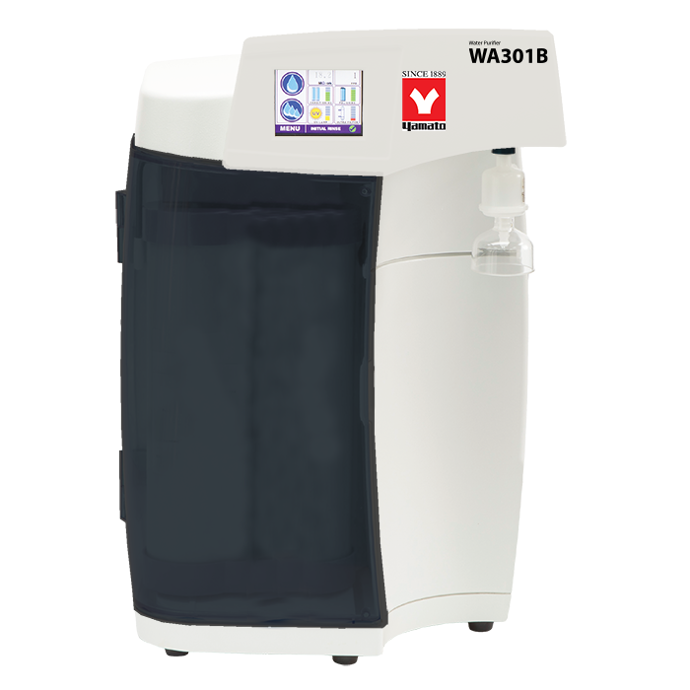18.2 MΩ·cm water is pretty expensive, isn't it? And if you’re part of a lab team, you're probably well aware of how crucial ultrapure water is for numerous applications in the lab. Heck, you might even have had to sign an agreement promising not to waste this precious resource.

But you might not know just how much your lab overspends on that water.
Stop wasting budget on brand loyalty
Ultrapure water is ultrapure water. You know it, and we know it. So why pay a premium for it? The big five manufacturers of lab water purification systems:
- Don’t give you better quality 18.2 MΩ.cm water.
- Don’t integrate with your processes better.
- Don't offer you better support.
But they DO mark up the purchase price of their lab water purification systems and filter cartridges quite well.
Your Yamato lab water purification system does everything the systems you’re familiar with do. But at a fraction of the cost of ownership and the cost per liter of type 1 water.
Understanding the purity of ultrapure water in your lab
You're already dealing with budget constraints and the last thing you need is misinformation, adding stress to your role. If you've ever been puzzled by the discrepancy between your water purification system's display and the water quality you actually measure, you're not alone. This is a common 'ultrapure water myth' that needs addressing. So, before we dive into the deep end of panic, let's clarify what's really happening with your ultrapure water.

🧙 Myth 1: The Purity Should Match the Display
☝️ Truth: The conductivity level or purity of ultrapure water can change almost immediately after being dispensed due to the absorption of CO2 from the air. This natural process forms carbonic acid, affecting both the purity and pH of the water. In fact, ultrapure water that is not in contact with air should have an expected conductivity of 0.055 µS/cm (18.2 Mohm-cm). However, this value can rise when exposed to ambient air containing CO2.
What Factors Affect CO2 Levels in a Lab?
CO2 levels in your lab can vary due to several reasons, including:
- Seasonal changes
- Human respiration
- Plant respiration
- Decaying vegetation
- Room ventilation
🧙 Myth 2: The pH Should Always Be Neutral
☝️ Truth: The pH of freshly dispensed ultrapure water can range between 5.0 and 8.0, largely due to its interaction with CO2. Moreover, pH is not a reliable measure of water quality in this context because of the water's inherent volatility.

🧙 Myth 3: The Display Measures All Impurities
☝️ Truth: The display on your water purification system measures specific impurities like Total Ionized Solids (TIS). It does not include Total Organic Carbon (TOC) or other types of impurities like bacteria and particulates. Specialized tests are required for these.
🧙 Myth 4: Accessories Always Improve Purity
☝️ Truth: While filters and cartridges can improve water quality, their effectiveness depends on how and where they are integrated into the system. Incorrect placement or use could actually compromise water purity.

Verifying Water Purity: Best Practices
The most reliable way to measure the conductivity or resistivity of ultrapure water is with an inline measurement using a conductivity meter equipped with a flow cell. This helps to maintain the ionic purity of the water by limiting its exposure to air.
Quality and savings go hand in hand
Understanding the nuances of ultrapure water is more than just a scientific endeavor—it's an essential aspect of effective lab management. Proper maintenance and accurate testing methodologies are all critical for ensuring that you're getting the highest quality water for your applications. But let's not forget—obtaining that top-notch quality shouldn't come at the expense of your budget.

When you invest in a water purification system that not only meets but exceeds quality standards while also offering a significantly lower total cost of ownership, you set your lab up for success. With reliable supply and robust support—like what Yamato offers—you can have the best of both worlds: exceptional quality and notable savings. So, the next time you question your water's purity or face budget constraints, remember that what you see might not always be what you get—but what you invest in can bring immeasurable value to your lab operations.